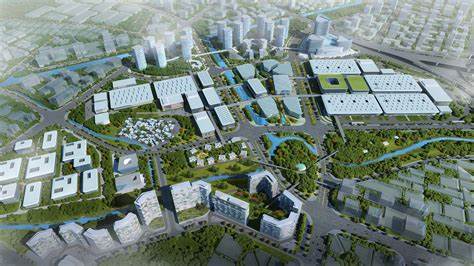Published on: February 14, 2023

Urban planning
Urban planning

CONTEXT There is a need for restructuring the India’s flawed urban journey of hilly urban cities . The article explains the possible solution in deconstructing those space.
Highlights
What is the problem of urban hilly areas?
- Land subsidence incidents in hilly urban India are becoming increasingly common and are prone to landslides, especially in Sikkim, West Bengal and Uttarakhand
- Land use planning in India’s Himalayan towns and the Western Ghats is often ill-conceived, adding to slope instability.
- As a result, landslide vulnerability has risen, made worse by tunnelling construction that is weakening rock formations.
- The combination of poor urban planning and climate change will mean that many of India’s cities could face devastating flooding.
- Floods in Panjim led to local rivers swelling and homes being flooded, leaving urban settlements along the Mandovi affected.
- An earthquake with a magnitude greater than 7 on the Richter scale on hilly areas would easily trigger landslides and cause large-scale damage to buildings.
- Aizwal is in ‘Seismic Zone V’, and built on very steep slopes
What are the course of action?
- Acquiring credible data is the first step toward enhancing urban resilience with regard to land subsidence and overall landslide risk needs to be mapped at the granular level.
- Urban policymakers need to take additional detail and localisation of areas with high landslide risk should not be allowed to expand large infrastructure
- There must be a push to reduce human interventions and adhere to carrying capacity.
- The city’s landslide policy committee must seek inputs from civic society and university students, with a push to continually update risk zones.
- Any site development in hazardous zones needs assessment by a geologist (with respect to soil suitability and slope stability) and an evaluation of its potential impact on buildings that are nearby.
- It may need corrective measures (retention walls), with steps to prohibit construction in hazardous areas.
- Existing sewerage networks need to be reworked and expanded to enable wastewater drainage in low-lying urban geographies through stormwater drain networks for flood proofing.
- Rivers that overflow need to be desilted regularly along with a push for coastal walls in areas at risk from sea rise.
- Greater spending on flood-resilient architecture (river embankments, flood shelters in coastal areas and flood warning systems) is necessary.
- Protecting “blue infra” areas, i.e., places that act as natural sponges for absorbing surface runoff, allowing groundwater to be recharged, is a must.
Way forward
- Cities need to incorporate environmental planning and enhance natural open spaces.
- Urban master plans need to consider the impact of climate change and extreme weather
- Bengaluru needs to think of 125 mm per hour peak rainfall in the future, as against the current 75 mm.
- Urban authorities in India should assess and update disaster risk and preparedness planning.
- Early warning systems will also be critical.
- Finally, each city needs to have a disaster management framework in place, with large arterial roads that allow people and goods to move freely.
Case Study
- Aizawl, Mizoram has developed a landslide action plan , with updated regulations to guide construction activities in hazardous zones.
- In Gangtok, Sikkim, the Amrita Vishwa Vidyapeetham has helped set up a real-time landslide monitoring and early warning system, with sensors assessing the impact of rainfall infiltration, water movement and slope instability
Question – Hilly cities are more prone to disaster. Thus urban planning is the need of an hour . Discuss

